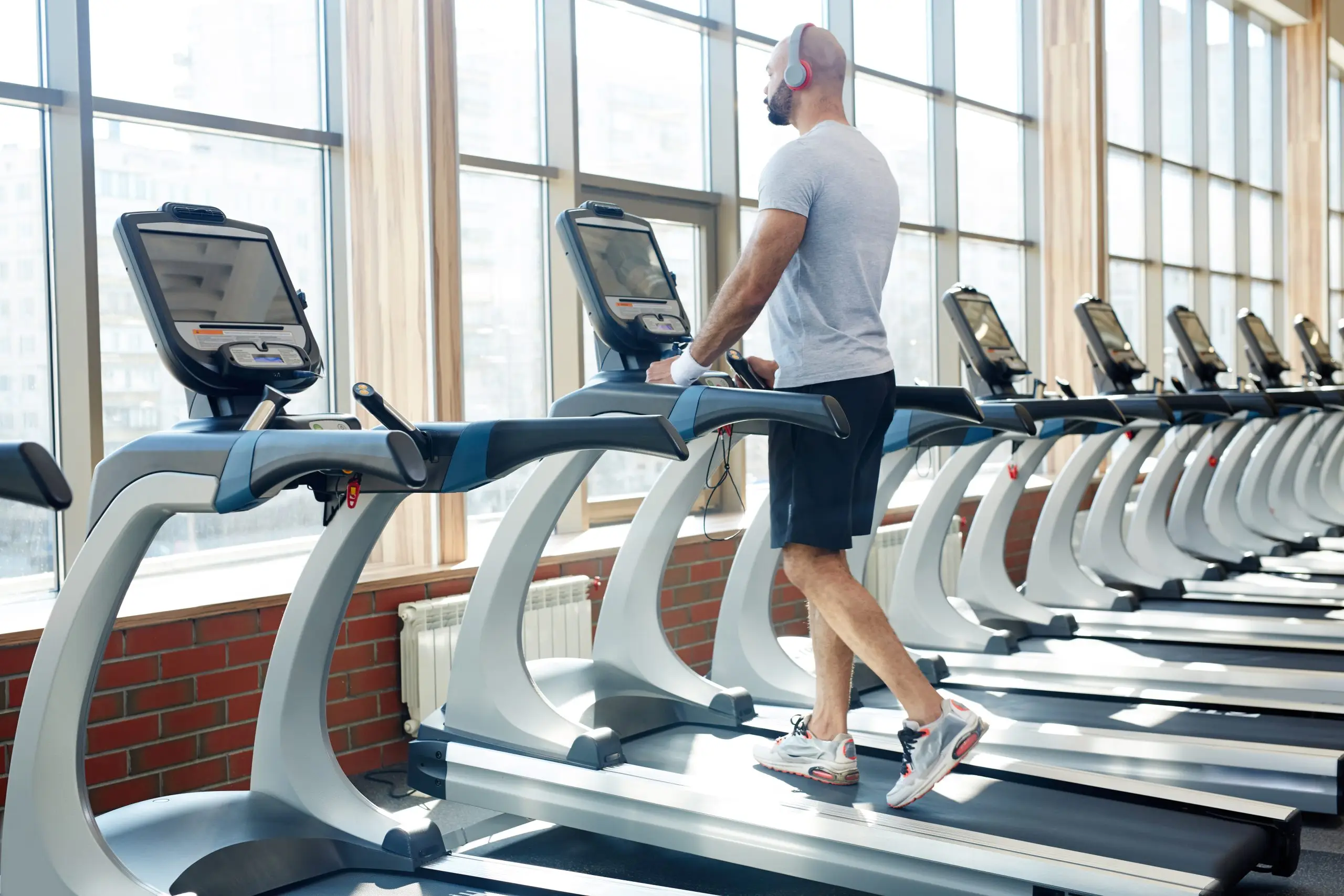Selecting the right number of treadmills for gyms requires careful consideration of multiple factors that directly impact member satisfaction and operational efficiency. Let’s explore the key elements that help determine the optimal quantity of treadmills for your fitness facility.
Understanding Peak Hour Usage Patterns
Morning hours between 6 AM and 9 AM typically see the highest treadmill usage, followed by evening peaks from 5 PM to 8 PM. A comprehensive analysis of these peak periods helps determine how many members simultaneously use cardio equipment. For every 100 members expected during peak hours, consider allocating 5-7 treadmills to accommodate workout preferences.
Space Allocation Requirements
Standard treadmills for gyms require approximately 30 square feet per unit, including safety zones and walking space. When calculating your cardio area’s capacity, factor in both the machine footprint and necessary spacing between equipment. A 2,000-square-foot gym typically accommodates 8-12 treadmills while maintaining comfortable spacing for users.
Member Demographics Impact
Different gym populations have varying equipment preferences. Corporate area gyms often need more treadmills due to lunch-hour rushes and business professional preferences. Conversely, bodybuilding-focused facilities might allocate less space to cardio equipment. Understanding your membership demographic helps optimize treadmill quantities.
Seasonal Considerations
Weather patterns significantly influence treadmill demand. Regions with extreme temperatures experience higher indoor cardio equipment usage. Winter months typically require 20-30% more treadmills compared to summer periods when members might prefer outdoor running.
Budget and Maintenance Factors
Quality treadmills require significant investment and regular maintenance. Consider allocating resources for both initial purchases and ongoing maintenance when determining quantity. Factor in that approximately 10% of treadmills may be temporarily offline for maintenance at any given time.
Balancing Cardio Equipment Types
A well-balanced cardio section typically features a 40-30-30 split between treadmills, ellipticals, and other cardio machines. This ratio ensures adequate options while acknowledging treadmills as the most popular cardio choice. For example, a gym with 20 pieces of cardio equipment should include 5-6 treadmills.
Future Membership Growth
Calculate potential membership increases over the next 12-24 months when selecting treadmill quantities. Industry standards suggest planning for 15% growth in equipment needs annually. This approach prevents overcrowding and maintains member satisfaction as your facility expands.
Operating Hours Influence
24-hour facilities require more treadmills than gyms with standard operating hours since usage spreads across more time periods. Consider adding 20% more treadmills for extended-hour operations to accommodate varied member schedules and maintain equipment longevity.
Competition Analysis
Examine local competitor offerings when determining your treadmill count. If nearby facilities average 10 treadmills, consider matching or exceeding this number to maintain competitive advantage. Remember that having too few treadmill can lead to member dissatisfaction and potential membership losses.
Quality versus Quantity Balance
Installing fewer high-quality treadmills often proves more beneficial than numerous budget models. Premium treadmills for gyms typically offer better durability, reduced maintenance needs, and enhanced user experience. Consider investing in quality machines that can withstand intensive usage patterns.
Space Layout Optimization
Proper treadmill placement maximizes available space while ensuring user comfort. Position machines to allow easy access and maintain proper ventilation. Consider creating designated cardio zones that group treadmill together while maintaining adequate spacing for comfortable use. This strategic approach to determining treadmill quantities ensures optimal member experience while maximizing facility resources. Remember that regular assessment of usage patterns and member feedback helps maintain appropriate equipment levels as your gym evolves. By carefully considering these factors, gym owners can create an efficient and appealing cardio section that meets member needs while supporting business objectives.


